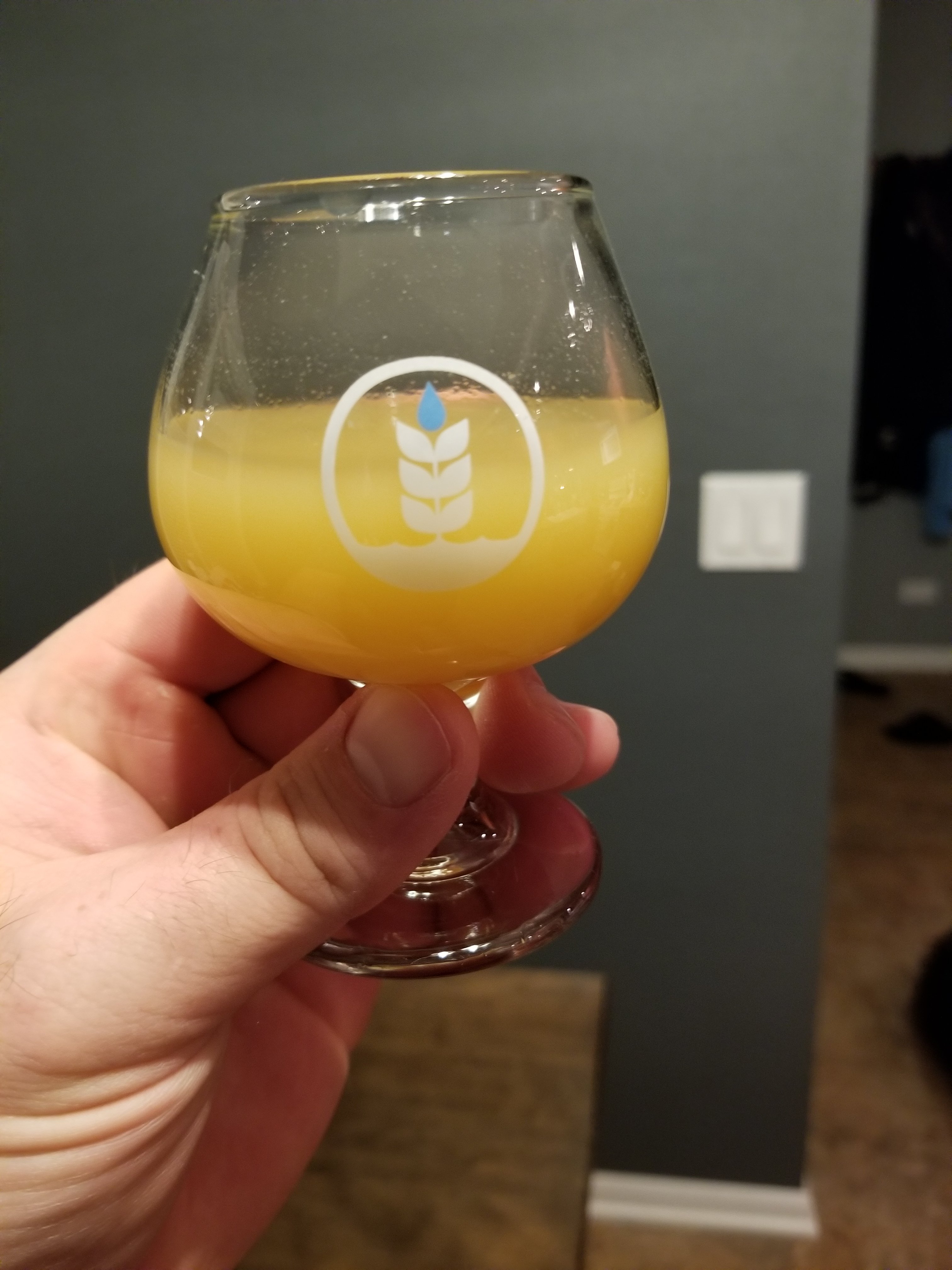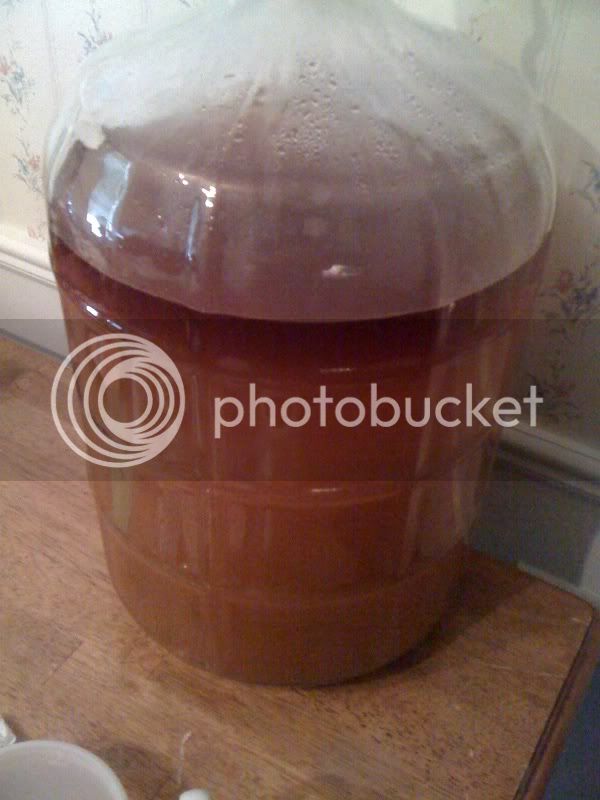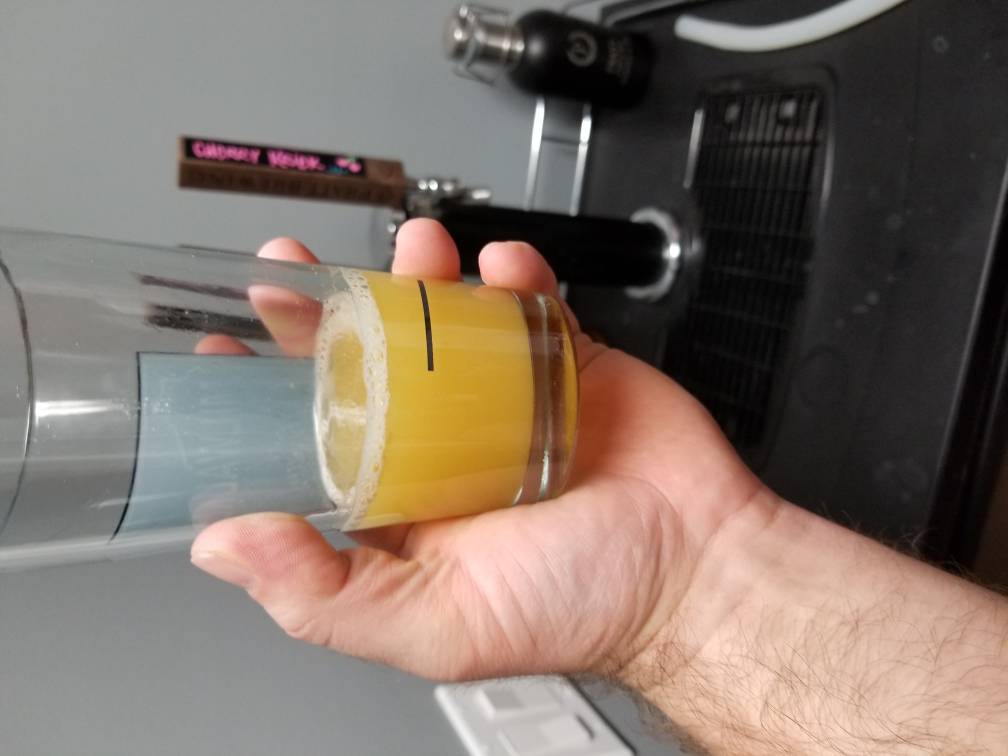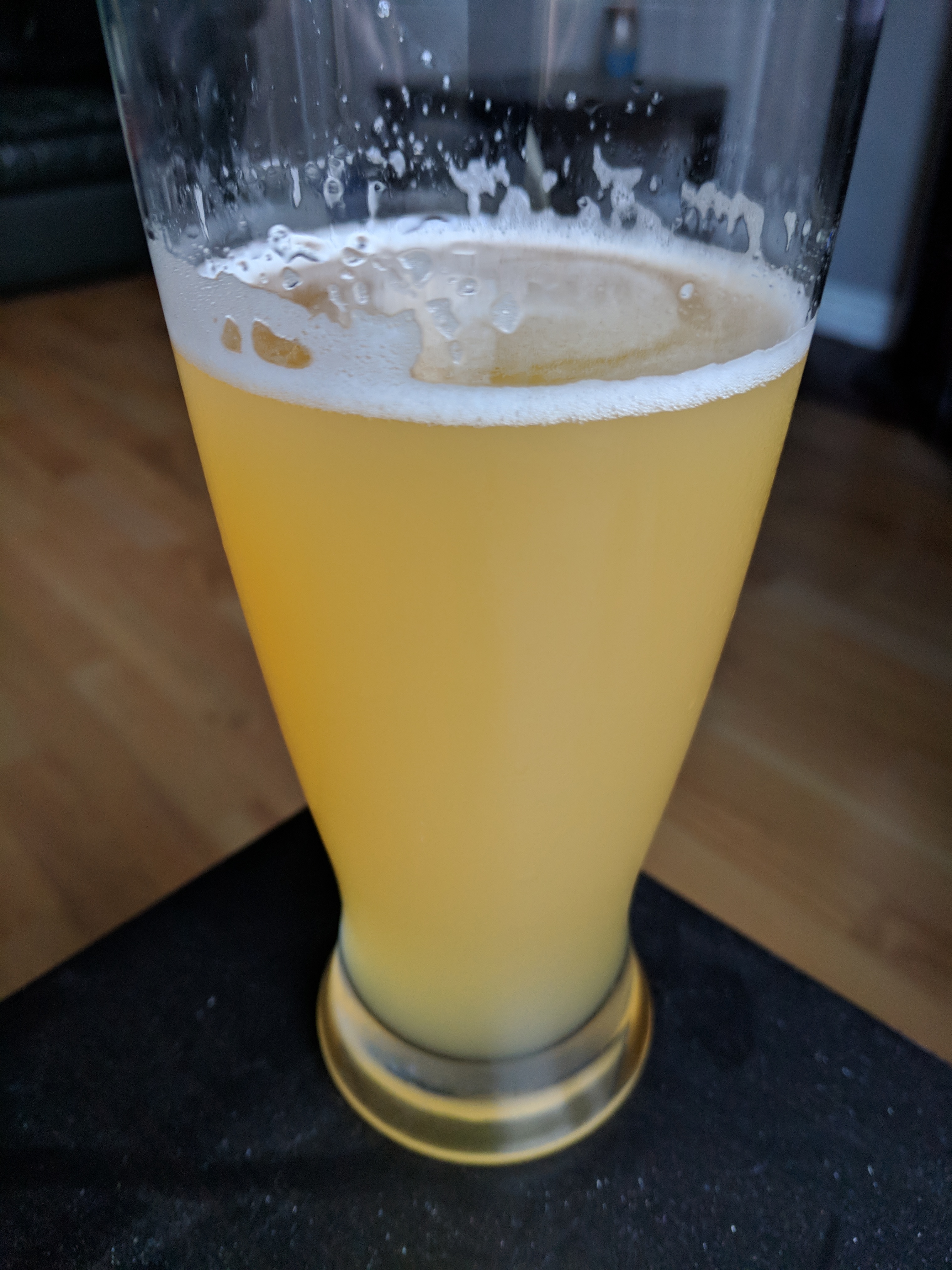Biscuits
Well-Known Member
Okay HBT, I am completely perplexed. I have brewed dozens of NEIPAs before and every one, regardless of time spent in the keg have stayed hazy until the last pour, but last night...not quite Friday the 13th yet...something mysterious happened...
I brewed this as a New England IPA, added hops before fermentation completed which should produce biotransformation lending to the classic haziness of the style. However, after about a month in the keg, it has dropped CRYSTAL clear. Literally, the night before I poured it and it was murky as all get-out, the next day...clear. Does anyone have any experience or knowledge of the science behind this? The only variables I can think that might have affected it are that I added frozen strawberries and shredded (unsweetened) coconut into secondary...maybe these contributed?
It still tastes fantastic, but just can't wrap my head around what happened.
Recipe: (2.75 gallons)
80% 2-Row
20% flaked oats
All hops in whirlpool / biotrans DH
London Ale III
2 lb. frozen strawberries
1lb. shredded unsweetened coconut.
I brewed this as a New England IPA, added hops before fermentation completed which should produce biotransformation lending to the classic haziness of the style. However, after about a month in the keg, it has dropped CRYSTAL clear. Literally, the night before I poured it and it was murky as all get-out, the next day...clear. Does anyone have any experience or knowledge of the science behind this? The only variables I can think that might have affected it are that I added frozen strawberries and shredded (unsweetened) coconut into secondary...maybe these contributed?
It still tastes fantastic, but just can't wrap my head around what happened.
Recipe: (2.75 gallons)
80% 2-Row
20% flaked oats
All hops in whirlpool / biotrans DH
London Ale III
2 lb. frozen strawberries
1lb. shredded unsweetened coconut.
















































![Craft A Brew - Safale S-04 Dry Yeast - Fermentis - English Ale Dry Yeast - For English and American Ales and Hard Apple Ciders - Ingredients for Home Brewing - Beer Making Supplies - [1 Pack]](https://m.media-amazon.com/images/I/41fVGNh6JfL._SL500_.jpg)
















